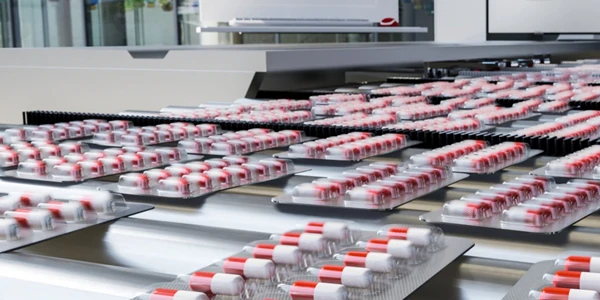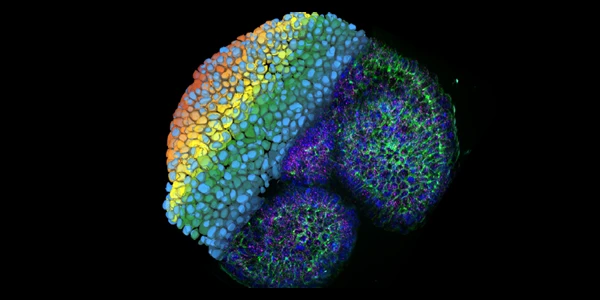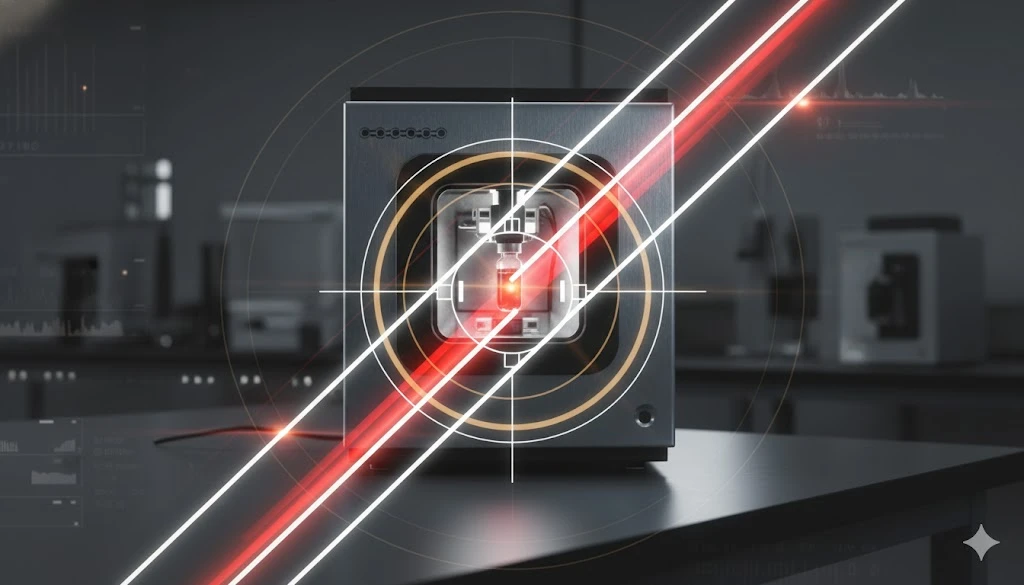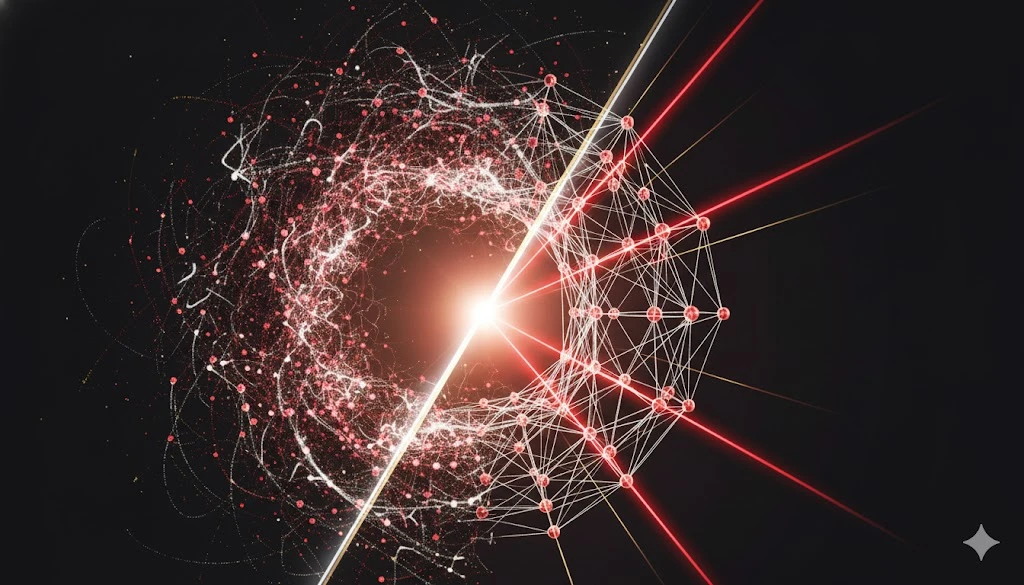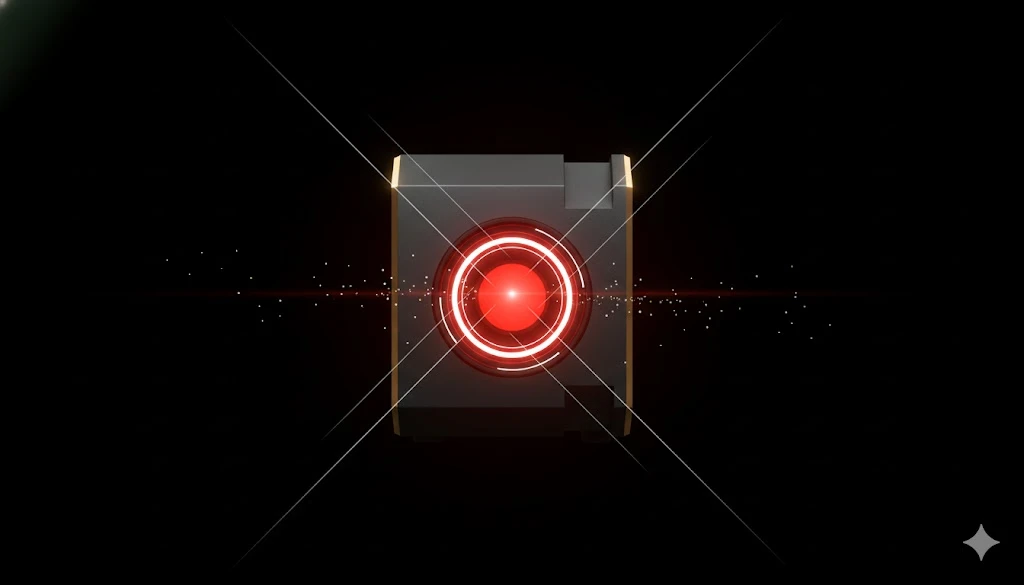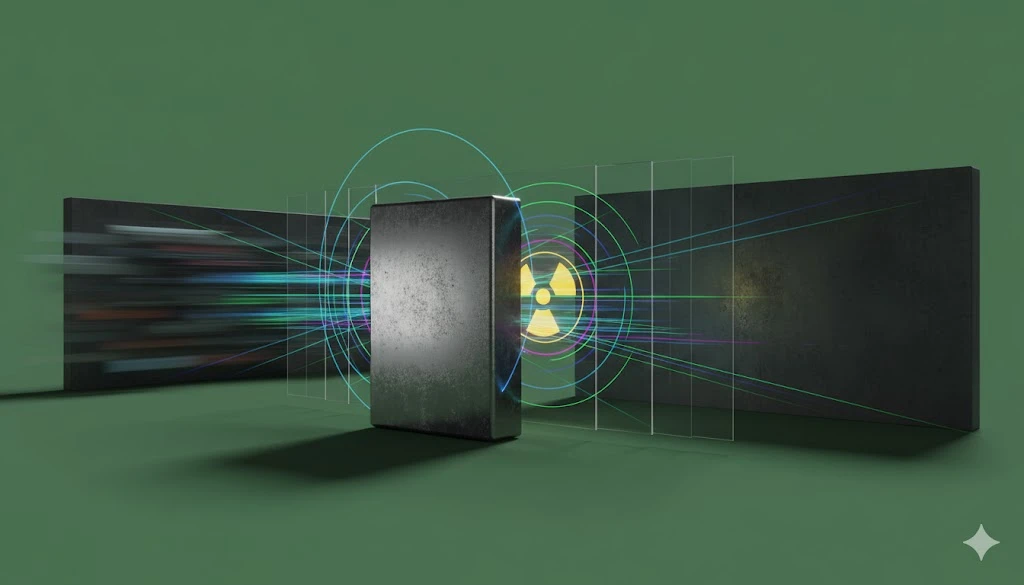Next-Generation Sequencers vs. Sanger Sequencers: Key Differences
GEMINI (2025) The evolution of genomic analysis has fundamentally reshaped molecular diagnostics and research. Understanding the critical functional and technical distinctions between Next-Generation Sequencing (NGS) technologies and traditional Sanger sequencing is paramount for optimizing laboratory workflows and maximizing data yield. NGS, also known as massively parallel sequencing, represents a revolutionary leap from its predecessor, offering unprecedented scale and speed that enables comprehensive genomic studies previously deemed impossible. The operational choice between these platforms hinges on factors like desired data depth, sample throughput, complexity of the target, and budgetary constraints. The core distinction between these two major sequencing technologies lies in their underlying chemistry and detection mechanisms. Sanger sequencing, often termed the "chain termination method" or first-generation sequencing, relies on the incorporation of dideoxynucleoside triphosphates (ddNTPs) to terminate DNA synthesis. In Sanger sequencing, a DNA polymerase synthesizes a complementary strand from a single-stranded template. The ddNTPs lack the 3’-hydroxyl group necessary for the addition of the next nucleotide, causing chain termination at specific points. These reactions are typically run in four separate tubes (for A, T, C, and G) or, in modern capillary electrophoresis (CE) sequencers, in a single reaction with fluorescently labeled ddNTPs. The resulting DNA fragments are separated by size via capillary electrophoresis, and the order of the fragments is read sequentially to determine the base sequence. The resulting data is highly accurate for short to medium reads, but the process is fundamentally linear, limiting throughput. Conversely, NGS platforms employ a diverse range of chemical methods, though the common thread is massive parallelism—sequencing millions to billions of reactions simultaneously. One prominent NGS method is Sequencing by Synthesis (SBS), where fluorescently labeled, reversible terminators are incorporated one base at a time across millions of clustered DNA fragments on a solid surface. After each cycle of incorporation, the fluorescent signal is captured by an imager, the terminator is cleaved, and the 3’-OH group is deblocked, preparing the cluster for the next cycle. This cyclical, parallel approach provides the vast scale required for whole-genome or deep-transcriptome analyses. Other NGS chemistries, such as those relying on ion detection or ligation, similarly leverage parallelism to achieve high data output. Feature Sanger Sequencing (CE-based) Next-Generation Sequencing (NGS) Fundamental Method Chain termination using ddNTPs. Massively parallel sequencing, e.g., Sequencing by Synthesis (SBS), ligation, or ion detection. Detection Capillary electrophoresis and laser-based fluorescent detection. High-resolution optical imaging of clustered fragments on a solid flow cell. Output Type Single, long contiguous read per reaction (Contig). Millions to billions of short reads (paired or unpaired). Scalability Low to medium throughput (individual samples or small batches). Extremely high throughput (entire genomes, exomes, or multiple samples multiplexed). Cost Basis High cost per base, low cost per run (for small projects). Low cost per base, high capital and reagent cost per run. The economic and temporal efficiencies of sequencing are drastically impacted by the choice of platform. NGS technology fundamentally changed the cost and speed equation through its massively parallel architecture. In a single run, an NGS instrument can process gigabases or even terabases of data, allowing for the concurrent sequencing of numerous samples or deep coverage of a single, complex genome. This capacity directly translates to a significantly lower cost per base pair, making large-scale projects like whole-genome sequencing (WGS), population genetics studies, and complex disease research financially viable. While the initial capital investment for an NGS platform is substantial, the economy of scale quickly favors NGS for high-volume or extensive genomic analyses. Furthermore, the capacity for high-degree multiplexing, where hundreds of unique barcoded samples can be pooled and sequenced simultaneously, optimizes reagent use and operational time. In contrast, while the capital cost of a capillary electrophoresis instrument for Sanger sequencing is lower, the method's reliance on separate reactions for each template and the sequential nature of fragment separation results in a high cost per base. The speed of Sanger sequencing is also limited; while a single run may be fast, generating comprehensive data for a large number of targets requires substantial labor and time commitment to prepare and run multiple reactions. Sanger remains highly efficient for projects requiring limited, targeted sequencing, such as confirmatory diagnostic tests or single-gene variant analysis, but it lacks the scalability to handle the data volumes generated by modern genomic research projects. The decision for a laboratory professional often boils down to a key metric: the required depth of coverage and the total number of bases sequenced. For maximum throughput and minimal long-term cost per base, NGS is the undeniable industry standard. The distinct technical characteristics of NGS and Sanger sequencing platforms dictate their optimal applications within the clinical and research environments. The unique capabilities of each method necessitate a targeted approach to workflow planning. Sanger Sequencing Applications: Sanger sequencing maintains a vital role, primarily where long, accurate reads of known, short targets are needed, or where a gold standard confirmation is required. Targeted Confirmation: Verification of variants initially identified through NGS screening, leveraging Sanger’s high per-base accuracy over short, focused regions. Simple Variant Screening: Low-complexity mutation detection in known loci, such as specific disease-associated single nucleotide polymorphisms (SNPs) or small insertions/deletions (indels). Sequencing of PCR Products: Direct sequencing of isolated PCR amplicons, often used in microbial identification or genotyping. Plasmid or Clone Validation: Essential quality control for validating DNA constructs in molecular biology or protein expression workflows. Next-Generation Sequencing (NGS) Applications: The immense scale of NGS allows for simultaneous interrogation of entire genomes, exomes, transcriptomes, and targeted panels, leading to its dominance in complex research and clinical diagnostics. Whole-Genome Sequencing (WGS): Comprehensive analysis of the entire genome, identifying structural variations, copy number variations (CNVs), and small variants. Whole-Exome Sequencing (WES): Highly effective in clinical settings for identifying causative mutations in Mendelian diseases by focusing only on protein-coding regions. Transcriptomics (RNA-Seq): Quantitative and qualitative analysis of gene expression, fusion transcripts, and non-coding RNAs. Epigenetics (e.g., ChIP-Seq, Methylation Sequencing): Mapping protein-DNA interactions or DNA methylation patterns across the genome. Clinical Oncology: Identification of somatic mutations in tumor samples for personalized treatment selection and minimal residual disease (MRD) monitoring, often using deep-sequencing targeted panels. The choice is often determined by the scope of the biological question: if a broad, unbiased view of the genome is required, or if detection of rare variants in heterogeneous samples (like tumor biopsies) is necessary, NGS is the prerequisite technology. If the goal is high-certainty validation of a single, defined locus, the operational simplicity and long contiguous read length of Sanger sequencing are often preferred. The outputs from NGS and Sanger sequencing instruments differ profoundly in terms of read structure, inherent error profile, and the subsequent bioinformatics infrastructure required for analysis. Understanding these differences is critical for data quality management and interpretation. Sanger sequencing provides long read lengths, typically ranging from 500 to 1,000 base pairs (bp). Crucially, these reads are contiguous and often span the entire region of interest in a single, high-quality segment. The accuracy is exceptionally high (Phred score typically greater than Q50 or 99.999%), particularly in the central region of the read, making it the industry standard for definitive sequence verification. However, the data output is small, typically requiring only basic sequence alignment software for analysis. NGS technology generates millions to billions of shorter reads, ranging from 50 bp to several hundred bp, depending on the specific platform and chemistry (e.g., Illumina SBS reads are typically shorter than those from certain long-read NGS technologies). While the per-base accuracy of a single NGS read may be slightly lower than a Sanger read, the overall data accuracy is superior due to high depth of coverage. NGS sequences the same genomic location many times (e.g., 30x, 100x, or 1000x coverage), allowing statistical models to correct for random errors inherent in the sequencing process. This high coverage is essential for detecting low-frequency variants in heterogeneous samples, a common necessity in cancer research or pathogen surveillance. The massive volume of short-read data from NGS necessitates sophisticated bioinformatics pipelines. This includes computationally intensive tasks such as: Read Alignment: Mapping billions of short reads back to a reference genome. Variant Calling: Statistical determination of sequence differences (variants) compared to the reference. Data Storage and Management: Handling terabytes of raw sequencing data, a significant infrastructure overhead not required for Sanger output. The bioinformatics requirement for NGS is a non-trivial factor in the total cost and operational complexity, demanding specialized staff and robust computing resources—a stark contrast to the low bioinformatics burden of Sanger sequencing. The shift toward NGS represents a paradigm change driven by the need for comprehensive, high-resolution genomic data at low cost per base. While Sanger sequencing retains its essential role as a gold-standard confirmatory method and for simple, targeted sequencing, the capabilities of NGS in simultaneously detecting rare variants, analyzing complex structural rearrangements, and enabling high-throughput multiplexing firmly establish it as the foundation for modern molecular diagnostics and large-scale genomic research. Laboratory professionals must continually evaluate their project needs against the throughput, cost, and specialized data analysis requirements of each platform to ensure optimal resource utilization and scientific rigor. What is the primary difference in data output between NGS and Sanger sequencing?
Sanger sequencing provides long, contiguous, high-quality reads (typically 500–1000 bp). NGS generates billions of short reads (typically 50–300 bp) that require alignment to a reference genome, with high overall accuracy achieved through massive depth of coverage. Is Sanger sequencing still relevant in modern molecular laboratories?
Yes. Despite the dominance of NGS for large-scale projects, Sanger sequencing remains the "gold standard" for validating and confirming specific variants identified by NGS, for sequencing single-gene targets, and for quality control of DNA constructs due to its reliability and long read length on defined targets. How does cost efficiency compare between NGS and Sanger sequencing platforms?
Sanger sequencing has a lower initial instrument cost and is more cost-effective for single-target or very small-scale projects. NGS has a higher initial capital investment but offers a substantially lower cost per base due to its ability to sequence massive amounts of data in a single, high-throughput run. Which sequencing technology is better for detecting rare somatic mutations in cancer samples?
NGS is superior for detecting rare somatic mutations. Its massive depth of coverage allows for the statistical detection of variants present at very low frequencies (e.g., 1–5% allele frequency) in heterogeneous tumor samples, which would be impossible to reliably detect using the limited coverage of standard Sanger sequencing. This article was created with the assistance of Generative AI and has undergone editorial review before publishing.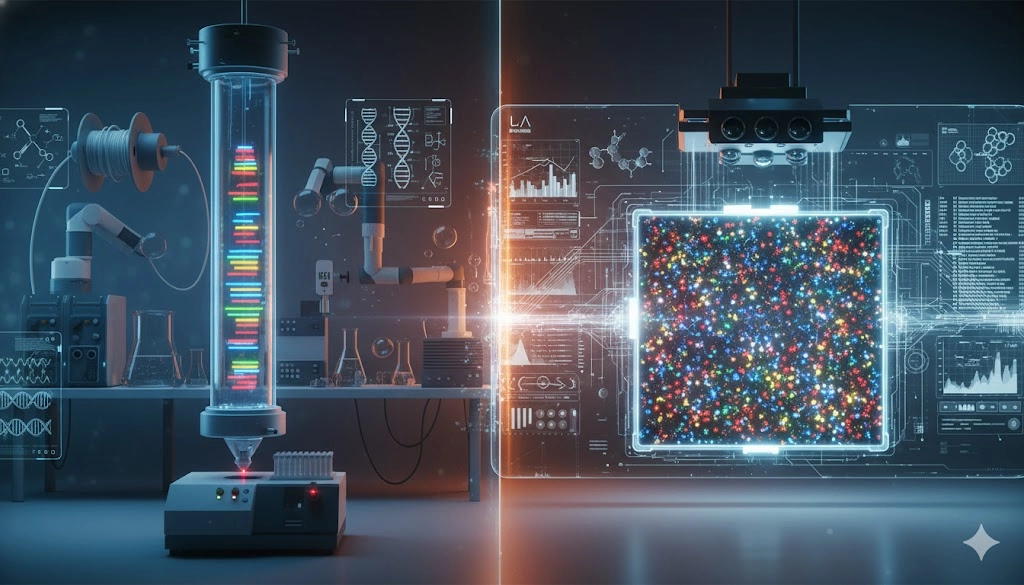
Differentiating Sequencing Chemistry: The Mechanism of NGS vs. Sanger
High-Throughput Sequencing: Cost, Speed, and Scalability of Modern NGS
Clinical and Research Applications: When to Choose NGS or Classic Sanger Sequencing
Analyzing Data Output: Read Length, Accuracy, and Bioinformatics Demands
Future-Proofing Genomic Workflows with NGS Technology
Frequently Asked Questions (FAQ)
